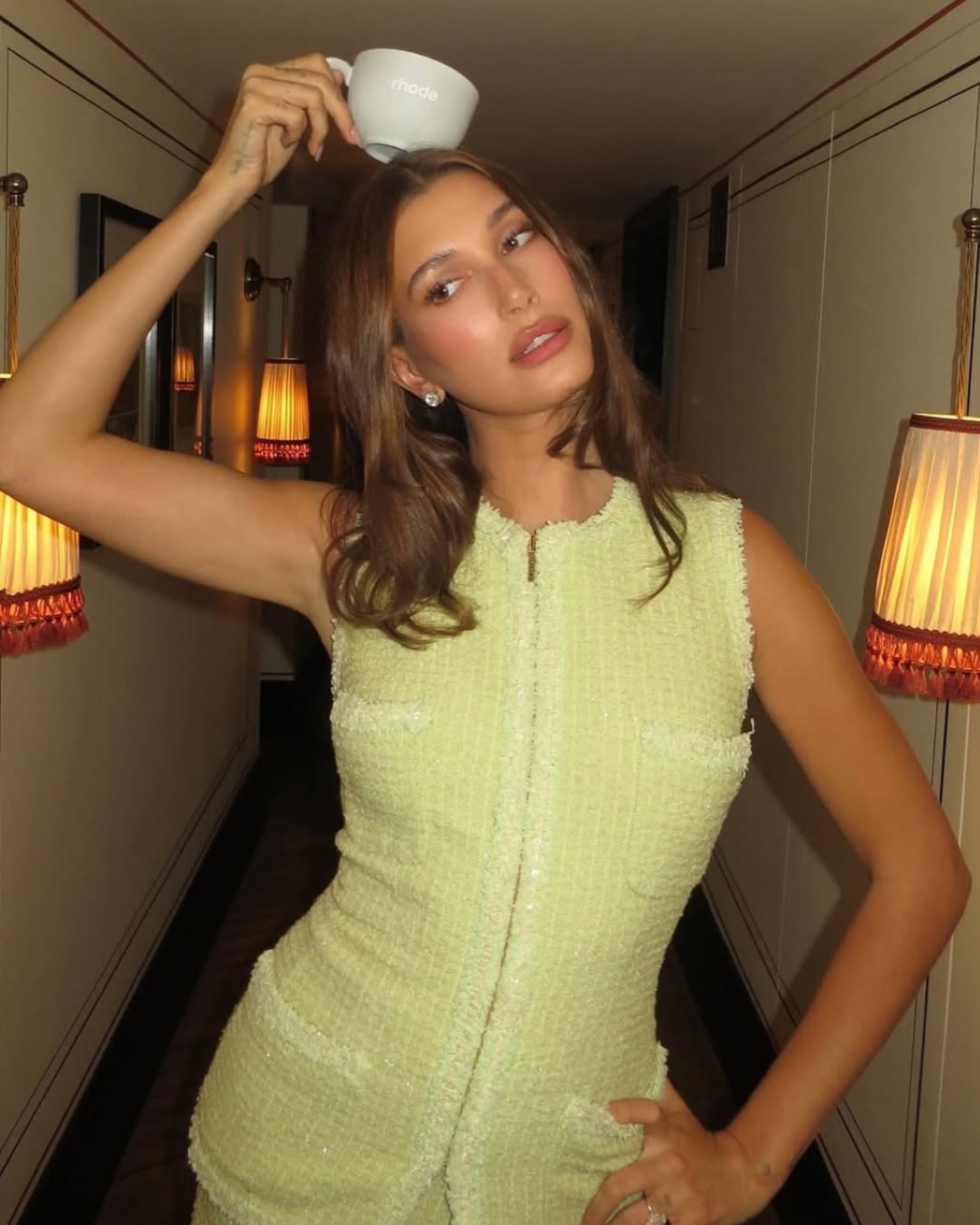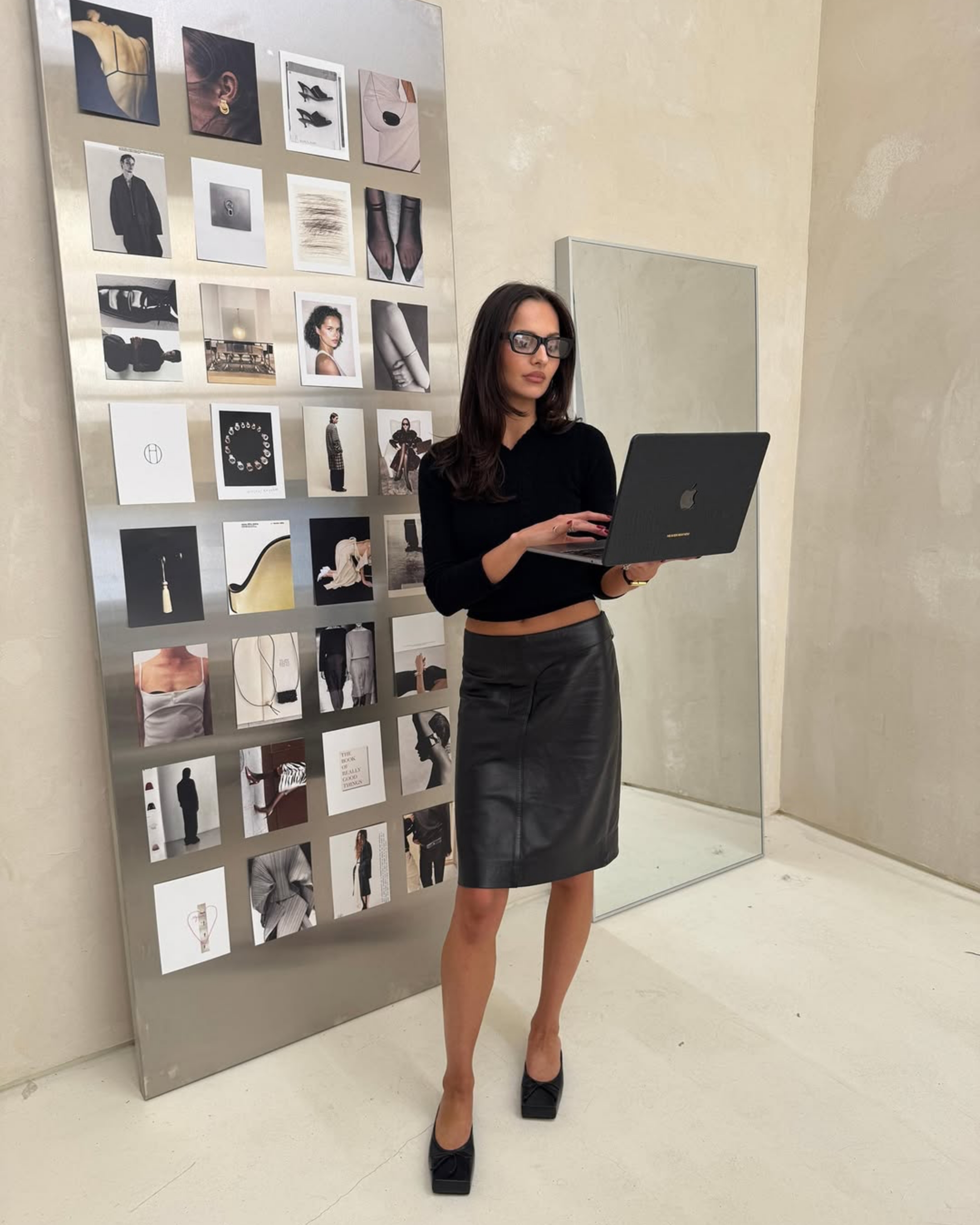In the last few years, the style icon turned entrepreneur has become a defining figure in fashion and beauty. From Hailey Bieber parlaying her dewy “glazed donut” skin into the Rhode skincare line, to Matilda Djerf transforming her Scandi-cool wardrobe into Djerf Avenue, these so-called “It Girl” founders have launched brands at a dizzying pace. The appeal was obvious: each came with a built-in fanbase and an aspirational lifestyle to match their products. The results have been impressive on paper. For instance, influencer Matilda Djerf’s fashion label grew from a startup to a $35 million global brand in five years, credited to her authenticity and strong follower community Likewise in beauty, Selena Gomez’s Rare Beauty reportedly crossed $400 million in annual sales, and Hailey Bieber’s Rhode hit eight figures within its first year. Even niche “It Girl” ventures are thriving – Danish twin influencers Amalie and Cecilie Moosgaard’s jewelry label Lié Studio tripled revenue to €2.5 million in 2023, with projections of doubling again to €5 million. From skincare and swimwear to candles and clothing, seemingly every fashion-forward influencer or model has launched her own brand, each promising to bottle that coveted cool girl lifestyle.
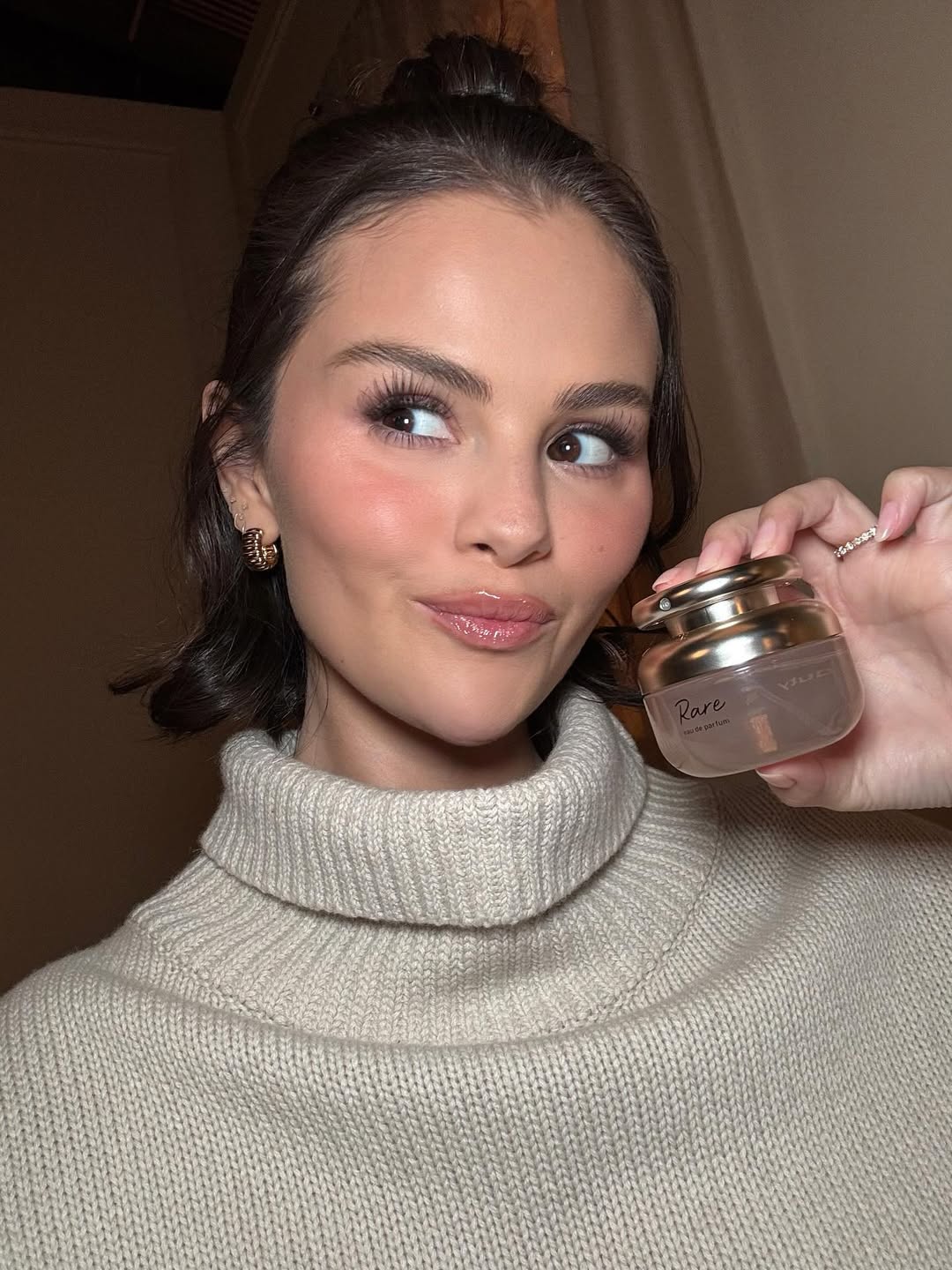
What Defines an “It Girl” Brand?
If these ventures share a secret formula, it’s one of highly curated cool. Hallmarks of an “It Girl” brand include minimalist-chic aesthetics, founder-focused storytelling, and social media at the core. Think clean, Instagrammable packaging in neutral tones and sans-serif logos, paired with product lines so curated you could count the SKUs on one hand. Many influencer brands check all the buzzword boxes – “minimalist, clean-girl, influencer-founded” – yet often struggle to articulate a distinct identity beyond “glossy brows” and “vague coolness”. The founder herself is typically the face and spirit of the brand: Hailey Bieber, for example, is Rhode – appearing in lab development, campaign shoots, and endless TikToks demonstrating her products.

This founder-as-muse approach brings an aura of authenticity (or at least familiarity) that traditional brands covet. Many “It Girl” labels also follow a less-is-more playbook. Rather than huge seasonal collections, they drop a handful of items or shades at a time, fueling intrigue and FOMO. A hero product is key – Summer Fridays rode the viral success of its Jet Lag Mask, and Frankies Bikinis built hype around its signature swimwear sets. To their credit, these brands are masters of the social-first launch.
Products debut via intimate Instagram posts or TikTok tutorials, not just press releases. Scarcity and slow-burn rollout are features, not bugs – Rhode’s lip treatment famously sold out repeatedly in its early days, frustrating fans but also validating the hype. All of this amounts to a specific blueprint: take one trendsetting girl, build a brand in her image, keep the vibe “effortless,” and market it like an intimate glimpse into her lifestyle. It’s a recipe that has proven wildly effective – until everyone started copying it.
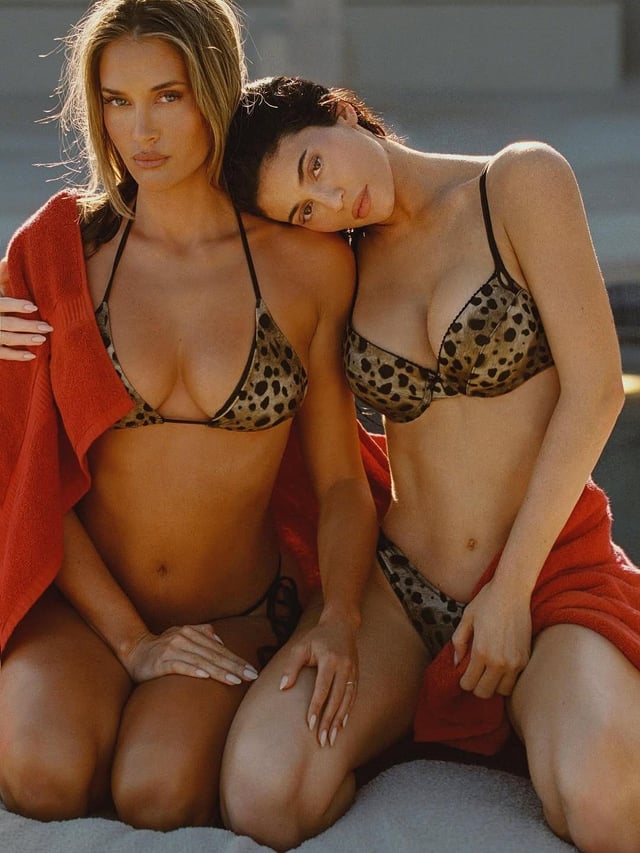
Why These Brands Boomed
Despite the cookie-cutter playbook, “It Girl” brands did tap into something real. At their best, they offer a direct line to the consumer that legacy companies can’t easily mimic. The founders already spent years cultivating trust as influencers, and that credibility transfers (at least initially) to their products. A famous name guarantees plenty of trial – fans will flock to “try their favourite singer’s new fragrance” or model’s skincare once – but sustained success demands the product deliver.
Several influencer brands have managed to clear that bar. Fenty Beauty, launched by Rihanna in 2017, is often cited as the turning point: it proved a celebrity brand could thrive by marrying star power with authentic inclusivity and quality, rather than hype alone. That victory sparked an avalanche of others chasing the formula. Brands like Rare Beauty or Rhode learned the Fenty lesson that you need both the sizzle and the steak – a famous founder can spark interest, but “the product has to then stand on its own to drive repeat behaviour”.
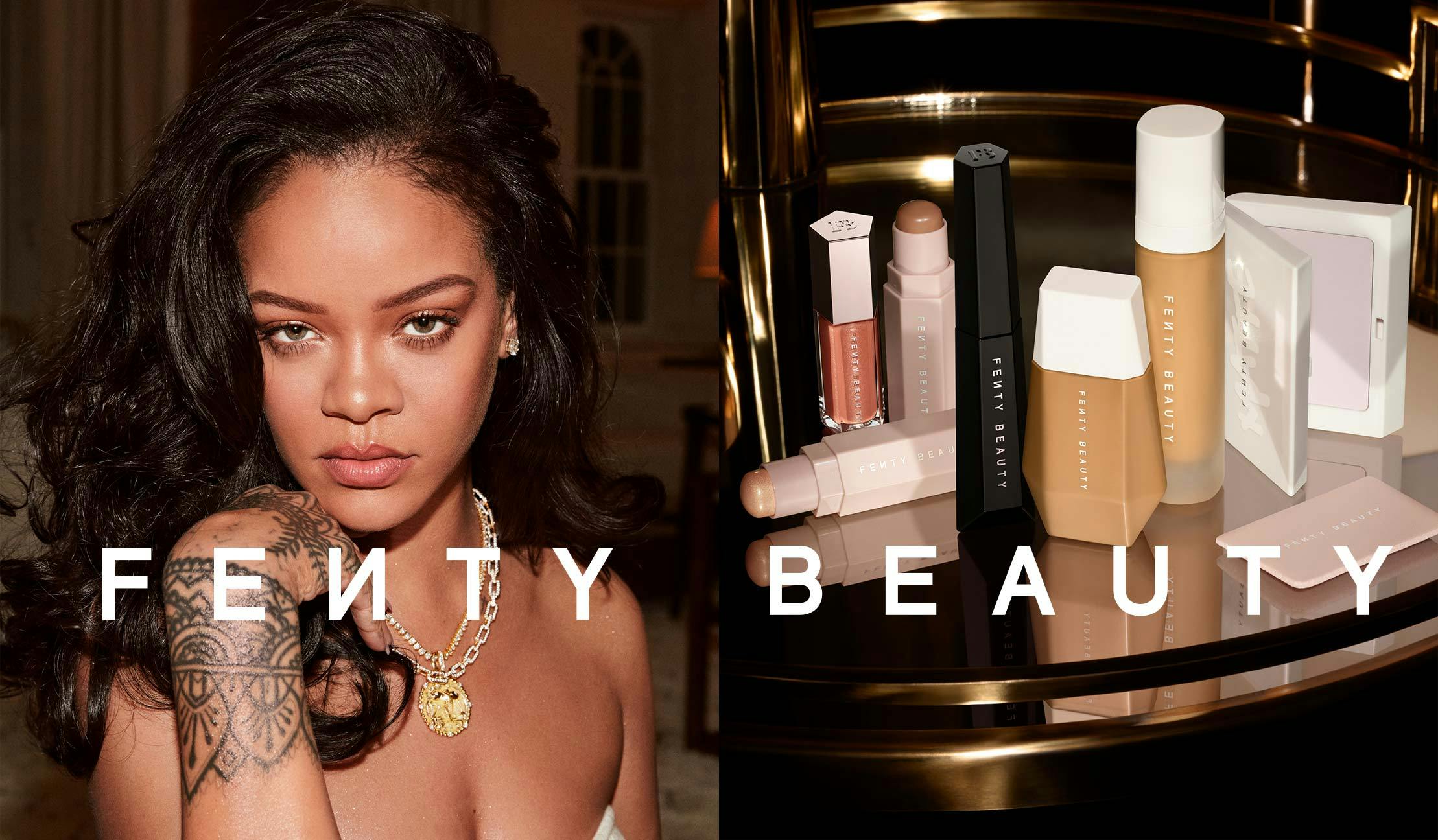
The most successful “It Girl” founders stay genuinely involved and passionate, rather than just slapping a name on a private-label formula. “Why are they doing this and is it a real passion?” has become the key question. A product must stand on its own even as the celebrity factor is mere “icing on the cake”. When done right, the model can be powerful. These entrepreneurs nimbly leverage social media for marketing, often converting followers to customers with minimal paid advertising. Their product drops feel like personal recommendations from a friend, not corporate campaigns. Many also foster community in innovative ways – Hailey Bieber’s Rhode, for example, built a network of micro-influencers and devotees that grew 330% between 2022 and 2024, sustaining buzz through genuine user advocacy rather than just one-off ads.
And importantly, many “It Girl” brands have identified gaps the big players missed, whether it’s a truly flattering bikini cut, a foundation for an underrepresented skin tone, or simply a vibe that resonates with Gen Z’s quest for authenticity. The winning formula isn’t really a formula at all – it’s the combination of authentic founder vision + quality product + emotional connection. When those align, an influencer brand can transcend novelty. “Successful celebrity brands are built on more than a famous face… there’s a clear emotional connection to what’s being sold. Without that authenticity, the brand becomes forgettable”. In short, we bought in because these brands felt different – at least initially.
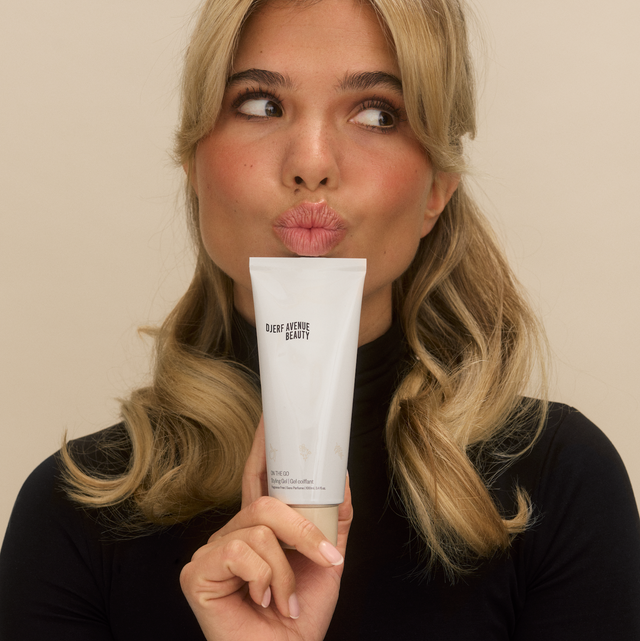
Saturation, Sameness and Signs of Fatigue
Yet for all their success, one can’t ignore the déjà vu setting in. By 2025, the market is flooded with so many influencer-founded brands that even devotees are feeling burned out. “Fatigue around celebrity and creator brands has set in,”. Consumers are increasingly vocal about the “sea of sameness” that’s emerged – the endless parade of pastel-packaged skincare lines and minimalist clothing basics that start to blur together. On TikTok and Reddit, beauty lovers have started to groan whenever yet another star announces a product line. “Of course, there were people like ‘oh, here we go, another one,’” Hailey Bieber herself admitted, recalling the eye-roll reactions when she launched Rhode. The sentiment is echoed: “I can’t stand them! …so generic and hella expensive". “It’s the same formula as many other brands." A common refrain is that these launches feel driven more by cashing in than by any real innovation – essentially “celebrity cash grabs” .
In the skincare category particularly, skepticism runs high. Public responses range from confusion – “What does this teenage actress know about skin care?” – to incredulity – “Does this person really use their own products?” – to plain contempt for the idea that every mildly famous face thinks we need their moisturiser. After a decade of being bombarded with influencer content and #sponsored posts, young consumers have grown hyper-aware and even cynical about marketing. Nearly 45% of Gen Z (ages 13-22) feel influencers don’t have the sway they used to They crave authenticity and “realness” and are quick to sense when a brand is just riding trends or milking fame. It’s telling that earlier this year, a TikTok “deinfluencing” trend went viral, with creators encouraging followers not to buy certain hyped products – a direct backlash to endless promotion.
Crucially, the It Girl brand formula itself has started to work against these companies. The very aesthetics that once felt fresh – the minimalist logos, earth-toned packaging, the founders’ clean-girl personas – are now so overused that they risk parody. The real problem is everyone’s doing this now and if these brands don’t find a way to stand out they will get lost in the scroll.
We’ve seen this play out already with a few high-profile fizzles. Millie Bobby Brown’s Florence by Mills launched with considerable fanfare aimed at Gen Z, only to fade into obscurity as “a moodboard more than a must-have”, indistinguishable from countless other pastel skincare line. Ariana Grande’s R.E.M. Beauty banked on her star power but came off feeling disconnected. Even the O.G. influencer brand, Kylie Cosmetics, saw its initial glam thunder stolen by copycats and its own overkill; after flooding the market with constant product drops, the once-coveted lip kits became just another launch. The pattern emerging was clear: celebrity isn’t a strategy. In fact, between 2020 and 2024, over 65% of celebrity beauty brands saw engagement decline within 18 months of launch, a striking statistic that underscores how quickly initial hype can deflate. And a recent survey found 73% of Gen Z consumers say they’re less likely to buy from a celebrity brand unless it genuinely aligns with their personal values. The novelty of the “hot girl” brand has worn off; now it had better offer something more substantive than a pretty founder and a PR blitz.
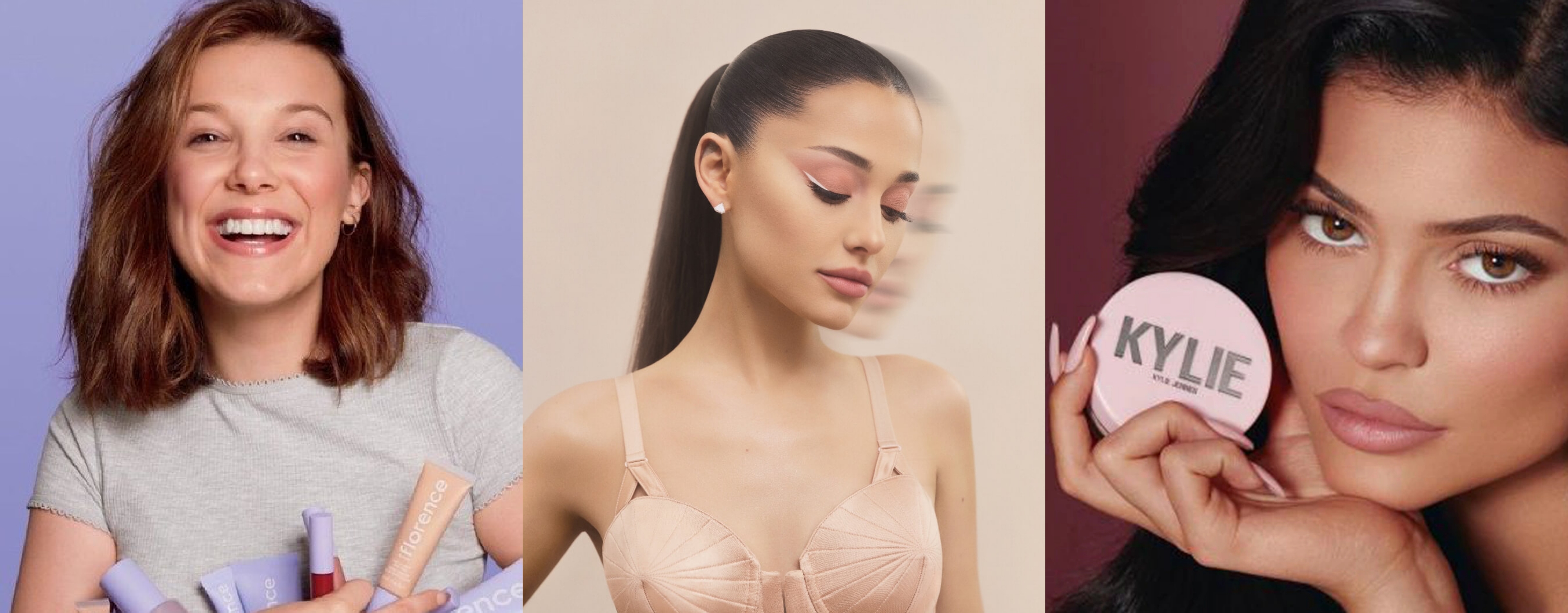
Evolve or Obsolete: The Future of the “It Girl” Brand
All of this begs the question: are we officially over the “It Girl” brand craze? The cultural winds in 2025 certainly suggest a turning point. After years of influencer-driven everything, consumers are exercising a healthier dose of skepticism. We’re no longer automatically swayed by a familiar face on a product – if anything, many now approach celebrity brands with a raised eyebrow. As consumer expectations rise and celebrity fatigue sets in, only celebrity-backed brands that offer real value and substance will endure. The era of endless easy wins for founder-led brands seems to be sunseting; venture investors, too, have grown far more choosy, demanding to see concrete business plans and product innovation behind the glamou.
Yet, it’s too early to write an obituary for the It Girl founder. The concept is evolving, not vanishing. The truth is, we’re not completely tired of the It Girl brand – we’re tired of the half-baked ones. The brands with staying power are those adapting to what a savvier audience wants. That means more focus on brand DNA and differentiation (no more trend-hopping just for clout), genuine storytelling and transparency (show us the lab, not just the glamour shot), and delivering on quality in a crowded field. In practical terms, some influencers are shifting tactics – for example, instead of launching something entirely new in an oversaturated category, a few are investing in existing indie brands they truly love, lending their influence to amplify businesses with established credibility. Others, like the Moosgaard twins of Lié Studio, talk openly about wanting to graduate from “influencer-brand beginnings” to “a fully fledged fashion house with staying power,” signaling an understanding that novelty alone won’t carry them forever.

If the first phase was about every influencer rushing to monetize their moment, the next phase is about maturity and selectivity. Consumers will continue to support It Girl brands, but only those that respect their intelligence (no more identical beige serums, please) and their values. In an overcrowded market, authenticity isn’t just a buzzword – it’s the price of entry. As one commentator aptly noted, “when a brand is not telling their story in a way only they can, someone else will – probably better.” The It Girl brands that endure will be those that only that founder could have created, bringing a unique point of view or solving a real problem, rather than jumping on an aesthetic bandwagon.
So, are we tired of the “hot girl” founder and her obligatory brand? We’re certainly fatigued by the status quo of it. The gloss of celebrity for celebrity’s sake has dulled – but in its place might shine a more considered kind of founder-led brand. One that realizes being an “It Girl” isn’t enough of a business model. As consumers, we’re not saying we’ll never buy another influencer’s product; we’re saying: give us a reason beyond your pretty face or famous name. The cultural love affair with the It Girl brand isn’t dead, but it’s definitely demanding a richer plot. And if that means fewer copycat launches and more meaningful ones, that’s a refresh we’d welcome with open (and well-moisturized) arms.

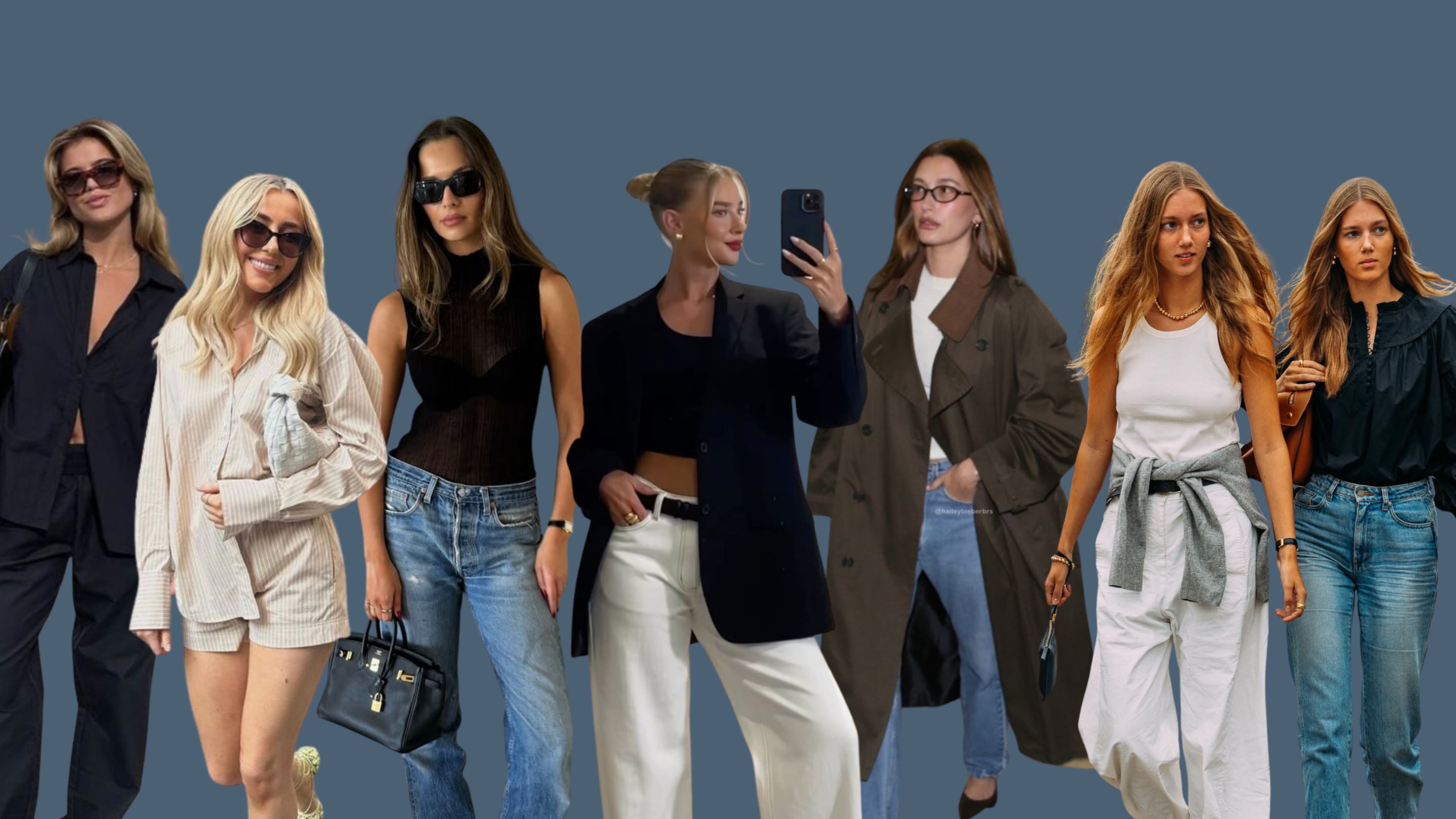




.svg)


.svg)
.svg)
